Trillions of periodical cicadas broke soil across the Eastern U.S. this summer. But long before that, researchers at the Beckman Institute for Advanced Science and Technology at the University of Illinois Urbana-Champaign studied cicadas for the hidden biological secrets of their wings. Marianne…
Tag: Mechanical Engineering

Producing water out of thin air
Earth’s atmosphere holds an ocean of fresh water. Extracting some of that moisture is seen as a potential way to provide clean drinking water to billions of people globally who face chronic shortages. A prototype device developed by University of Utah engineers for the U.S. Army harvests drinking water from atmosphere, even in arid places.
Q&A: UW researcher aims to understand common women’s sports injuries
Several common injuries seem to haunt women’s sports. Jenny Robinson, a University of Washington assistant professor, is interested in designing better methods to help female athletes train to prevent and recover from injuries.
Vibration to power: bidirectional piezoelectric systems for future aerospace structures
In a significant leap for aerospace and mechanical engineering, researchers have developed a cutting-edge bidirectional energy-controlled piezoelectric shunt damping technology. This breakthrough not only significantly enhances the suppression of vibration amplitudes in mechanical systems without external power but also harnesses electrical energy, heralding a new era of self-powered solutions.
Researchers use machine learning to detect defects in manufacturing
The algorithm was able to correctly identify hundreds of defects in real physical parts that have not previously been seen by the deep learning model.
Argonne engineers develop one-of-a-kind instruments and facilities for scientific discovery
A group of engineers at Argonne National Laboratory is uniquely equipped to design, model and install experimental systems that enable pioneering scientific research.
Virginia Tech researcher creates “invisible tweezers” to move tiny bioparticles
Undergoing surgery is seldom a pleasant experience, and it can sometimes be highly invasive. Surgical procedures have evolved steadily over the centuries, growing with the knowledge of anatomy and biology.
Virginia Tech researcher’s breakthrough discovery uses engineered surfaces to shed heat
Splash a few drops of water on a hot pan and if the pan is hot enough, the water will sizzle and the droplets of water seem to roll and float, hovering above the surface.
Could corrosion actually be helpful? New 3D printing technique might turn oxidation into an advantage
New research from Binghamton University, State University of New York could revolutionize 3D printing and how engineers think about oxidation.
New instrument could help scientists tailor plasma to produce more fusion heat
Scientists at PPPL have finished building a new plasma measurement instrument that could aid efforts to boost the heat of fusion reactions in facilities known as tokamaks.
ORNL’s Curran named Fellow of SAE, ASME
Scott Curran, group leader for Fuel Science and Engine Technologies Research at the Department of Energy’s Oak Ridge National Laboratory, has been named a Fellow of SAE International and the American Society of Mechanical Engineers, or ASME.
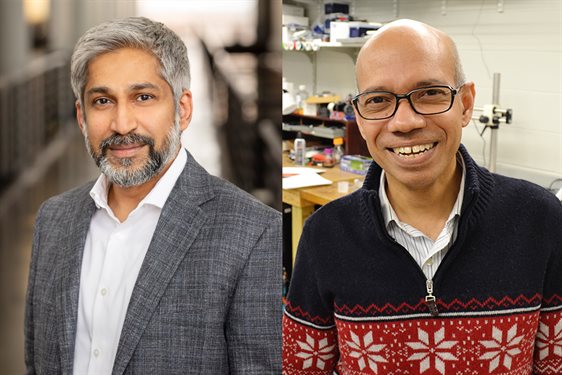
Haran and Saif elected to the National Academy of Engineering
Kiruba Haran, who is a professor of electrical and computer engineering and the Grainger Endowed Director’s Chair in Electric Machinery and Electromechanics, and Taher Saif, the Edward William and Jane Marr Gutgsell Professor in mechanical science and engineering, were elected to the National Academy of Engineering
Engineers unmask nanoplastics in oceans for the first time, revealing their true shapes and chemistry
In a new study, engineers at the University of Notre Dame have presented clear images of nanoplastics in ocean water off the coasts of China, South Korea and the United States, and in the Gulf of Mexico.
450-million-year-old organism finds new life in Softbotics
Researchers used fossil evidence to engineer a soft robotic replica of an extinct marine organism to understand how locomotion has changed in animals over time.
450-million-year-old organism finds new life in Softbotics
Researchers in the Department of Mechanical Engineering at Carnegie Mellon University, in collaboration with paleontologists from Spain and Poland, used fossil evidence to engineer a soft robotic replica of pleurocystitid, a marine organism that existed nearly 450 million years ago and is believed to be one of the first echinoderms capable of movement using a muscular stem.
Soft, living materials made with algae glow under stress
Researchers have developed soft yet durable 3D-printed materials that glow in response to mechanical stress, such as compression, stretching or twisting. The materials derive their luminescence from single-celled algae known as dinoflagellates, which are embedded within the materials. The work was inspired by the bioluminescent waves caused by dinoflagellates during red tide events at San Diego’s beaches.
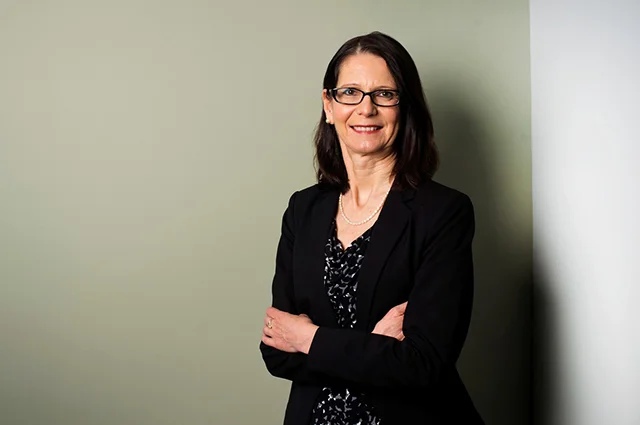
Nadine Aubry Elected to Royal Academy of Engineering
Nadine Aubry, a professor in the Department of Mechanical Engineering, was recently elected as an international fellow of the United Kingdom’s Royal Academy of Engineering. This prestigious honor recognizes engineers who have made significant contributions to their respective fields.

Extreme environments expert discusses causes of recent wildfires
Wildfires in Hawaii have devastated the island of Maui and leveled the historic town of Lahaina. As federal and local authorities investigate the causes of the disaster, questions have arisen about the effectiveness of government responses to the crisis.
Virtual drug quiets noise in heart tissue images
Researchers at Washington University in St. Louis have developed a new computational approach to removing movement in images of expanding and contracting heart cells and tissues. By computationally removing movement, the algorithm mimics a drug’s action in stopping the heart, without compromising cellular structure or tissue contractility.
Scientists studying fluid dynamics explore mechanism at work in interfacial tension
Examining the flow of fluids, scientists have conducted a study of the interface between two liquids, focusing on a force called interfacial tension. Their numerical simulation helped them better understand the mechanism at work in interfacial tension.
Way cool: UVA professor developing ‘freeze ray’ technology for the Air Force
You know that freeze-ray gun that “Batman” villain Mr. Freeze uses to “ice” his enemies? A University of Virginia professor thinks he may have figured out how to make one in real life.
Psychology graduate explores human preferences when considering autonomous robots as companions, teammates
With the fierce debate broiling over the promise versus perceived dangers of Artificial Intelligence (AI) and autonomous robots, Nicole Moore of the University of Alabama in Huntsville (UAH) has had a study published in the American Society for Engineering Management (ASEM) that is especially timely.Titled, Stakeholder Preferences for an Autonomous Robot Teammate, Moore’s research focuses on user-held preferences: specifically, which factors in autonomous robot design are the most preferable to their human counterparts, and whether these criteria vary according to the ways the technology is applied.
Finally solved! The great mystery of quantized vortex motion
Liquid helium-4, which is in a superfluid state at cryogenic temperatures close to absolute zero (-273°C), has a special vortex called a quantized vortex that originates from quantum mechanical effects.
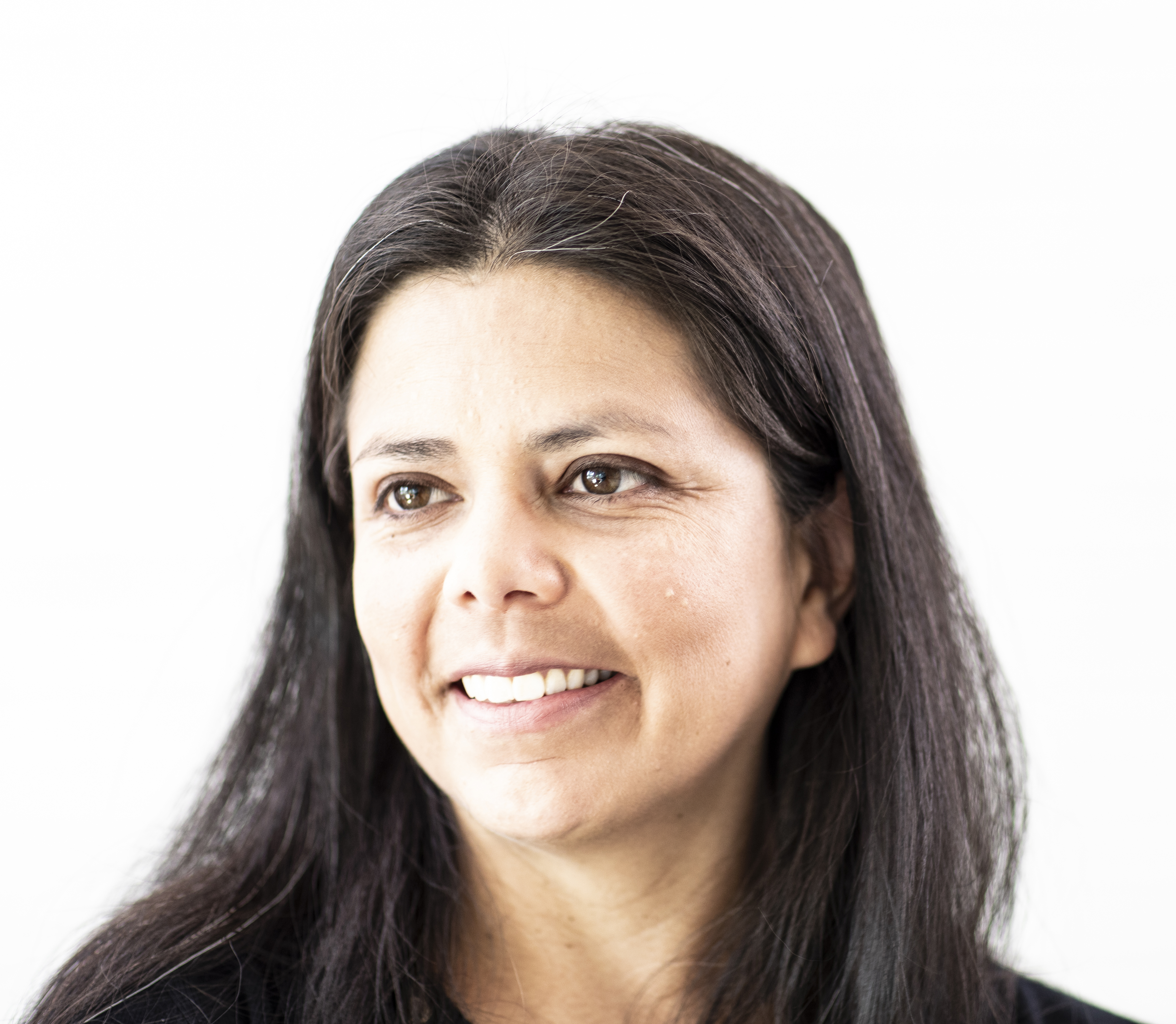
Q&A: Two ways UW researchers are studying marine microplastics
Two University of Washington researchers are using very different methods to investigate the issue of marine microplastics. For Earth Day, UW News asked them to discuss their research.
Informed by mechanics and computation, flexible bioelectronics can better conform to a curvy body
Today, foldable phones are ubiquitous. Now, using models that predict how well a flexible electronic device will conform to spherical surfaces, University of Wisconsin–Madison and University of Texas at Austin engineers could usher in a new era in which these bendy devices can integrate seamlessly with parts of the human body.
Honey, the 3D print–I mean, dessert–is ready!
Columbia Engineering researchers explore the benefits and drawbacks of 3D-printed food technology, cooking 3D-printed food with lasers as part of the system, how 3D-printed food compares to the “normal” food we eat, and the future landscape of our kitchens.
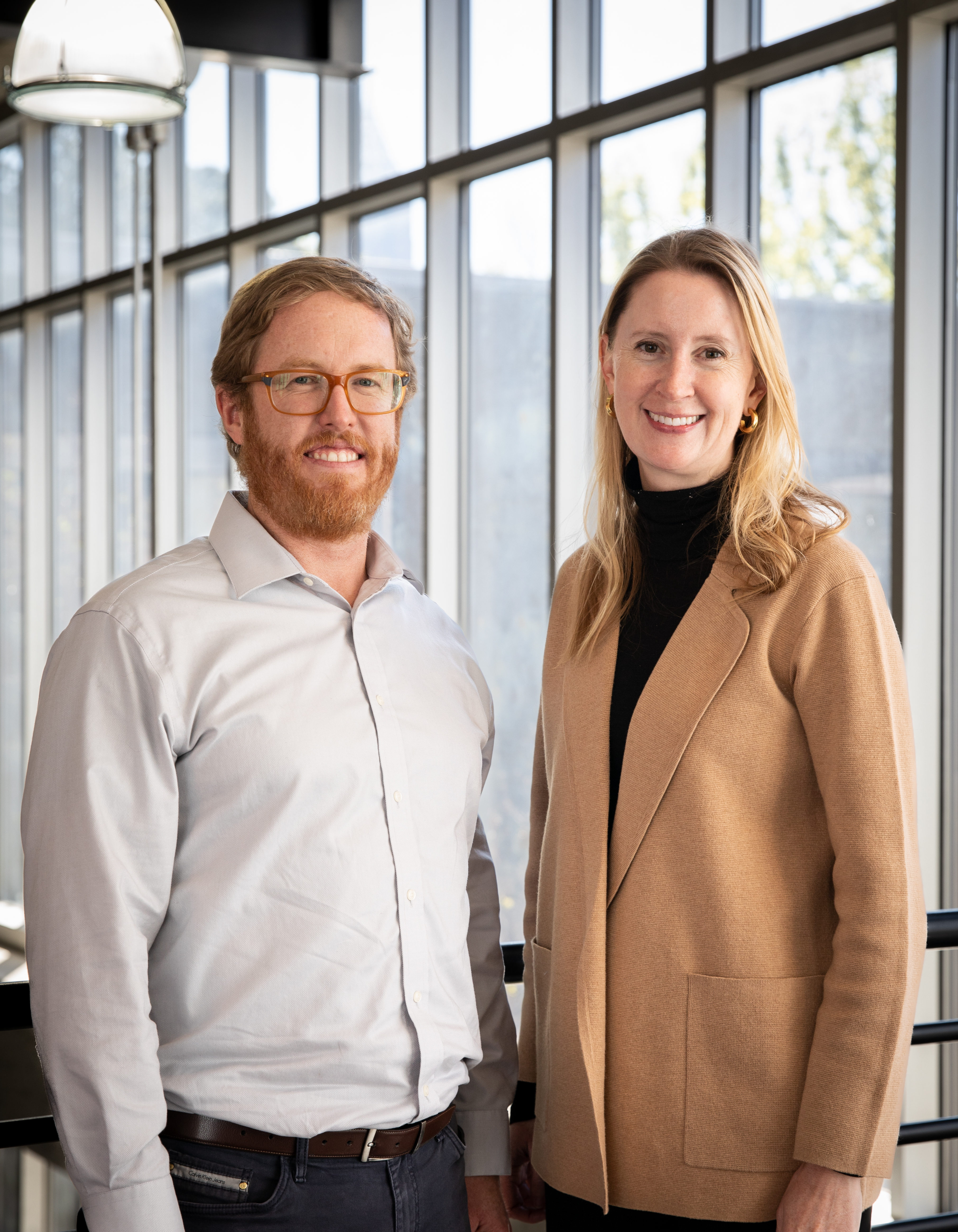
Nanotechnology Could Treat Lymphedema
When lymphatic vessels fail, typically their ability to pump out the fluid is compromised. Georgia Institute of Technology researchers have developed a new treatment using nanoparticles that can repair lymphatic vessel pumping. Traditionally, researchers in the field have tried to regrow lymphatic vessels, but repairing the pumping action is a unique approach.
UAH alumnus Michael Wicks inducted into Alabama Engineering Hall of Fame
Michael Wicks (MSE, Mechanical Engineering, ’94), is one of six honorees inducted in this year’s Alabama Engineering Hall of Fame on Feb. 25 at the Renaissance Montgomery Hotel and Spa. Wicks’ career has been devoted to providing innovative engineering and technical services to the nation’s defense, both as a United States Army civilian and as a private contractor for the Department of Defense.

UAH researcher seeks to explain why lithium-ion batteries abruptly fail; earns $598K NSF CAREER Award
Research focused on why and how lithium-ion batteries may suddenly fail energetically, causing smoke, fire or even an explosion, a phenomenon called thermal runaway, has earned a researcher at The University of Alabama in Huntsville (UAH) a National Science Foundation (NSF) CAREER Award totaling $598,181.
Chula’s Engineering Develops Dynamic Prosthetic Feet with International Standards and 5 Times Less the Cost
Thailand now has 39,647 people with disabilities, over 95% of whom are using poor-quality prosthetic feet which are heavy and do not have ankles. This can adversely affect the way they walk, as well as their lives.
Argonne announces 2022 Postdoctoral Performance Awards
Nine postdoctoral appointees were recognized with Postdoctoral Performance Awards.

Two technical breakthroughs make high-quality 2D materials possible
Researchers have been looking to replace silicon in electronics with materials that provide a higher performance and lower power consumption while also having scalability. An international team is addressing that need by developing a promising process to develop high-quality 2D materials that could power next-generation electronics.
Robot-assisted therapy for stroke patients
University of Delaware researchers will use a $1.2 million National Institutes of Health grant to improve post-stroke rehabilitation using robotic exoskeleton devices and advanced modeling techniques to develop patient-specific exercises and interventions.
A year in review: Argonne’s breakthroughs in 2022
Argonne researchers put their stamp on 2022 with accomplishments as varied as quantum science, wearable medical sensors, and climate change resilience and recovery.
The TuFF Age
TuFF — Tailored Universal Feedstock for Forming — is a strong, highly aligned, short-fiber composite material that can be made from many fiber and resin combinations. Created at the University of Delaware’s Center for Composite Materials (CCM), it can be stamped into complex shapes, just like sheet metal, and features high-performance and stretchability up to 40%.
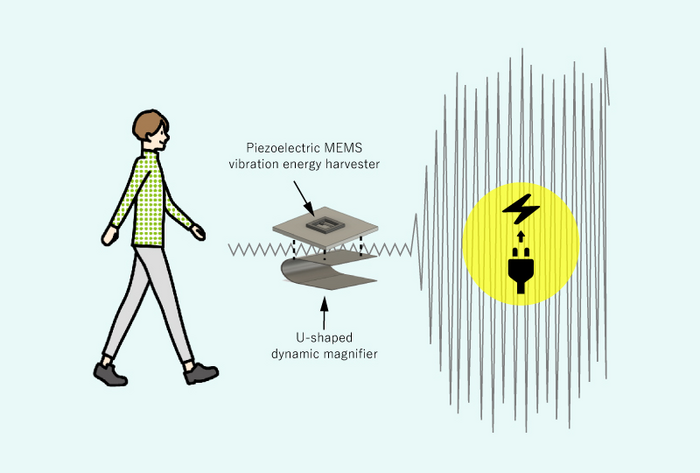
High-performance and compact vibration energy harvester created for self-charging wearable devices
Walking can boost not only your own energy but also, potentially, the energy of your wearable electronic devices.
Can Your Phone Tell if a Bridge Is in Good Shape?
Want to know if the Golden Gate Bridge is holding up well? There could be an app for that.
What will it cost to cut the carbon footprint of cars sold in the U.S?
Argonne worked with automakers and energy companies to conduct a cradle-to-grave analysis of light-duty vehicles, which estimated the current and potential future costs and greenhouse gas emissions for vehicles over the entire course of their life cycle.
New study shows spiders use webs to extend their hearing
A newly published study of orb-weaving spiders — has yielded some extraordinary results: The spiders are using their webs as extended auditory arrays to capture sounds, possibly giving spiders advanced warning of incoming prey or predators.
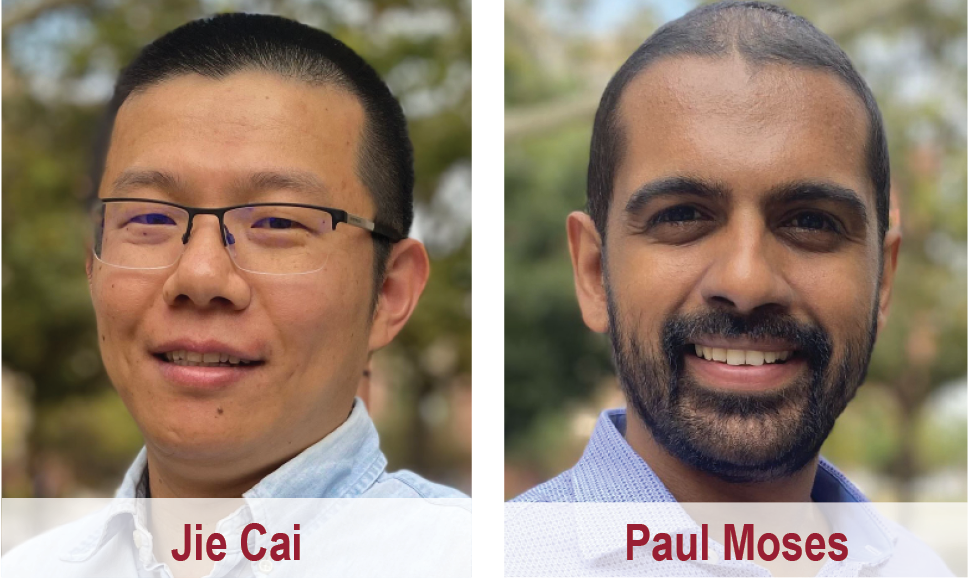
University of Oklahoma Engineers Help Build Power Grid of the Future
University of Oklahoma assistant professor OU engineer Jie Cai and a team of researchers were awarded funding to study thermal energy storage in commercial and residential buildings to promote renewable energy utilization.
New flexible, steerable device placed in live brains by minimally invasive robot
The early-stage research tested the delivery and safety of the new implantable catheter design in two sheep to determine its potential for use in diagnosing and treating diseases in the brain.
How do we remove greenhouse gases from the air?
Mechanical engineer Jennifer Wade is leading two federally funded projects that are addressing the critical question of how to remove greenhouse gases from the atmosphere, thus slowing the devastating effects of global climate change. It’s part of a national effort called the Carbon Negative Earthshot: Being able to remove carbon at $100 a ton at a scale of a million tons per year. That’s a difficult task, Wade says, but it’s not an insurmountable one.
UW researchers develop a reactor that can destroy ‘forever chemicals’
“Forever chemicals,” named for their ability to persist in water and soil, are a class of molecules that are ever-present in our daily lives, including food packaging and household cleaning products. Because these chemicals don’t break down, they end up…
Push, pull or swirl: The many movements of cilia
A research team from Washington University in St. Lous has developed a model to explain how cilia beat.
Breast cancer cells use forces to open up channels through tissue
New method uses nanospheres to measure forces that cancer cells use to spread through tissue
A flexible device that harvests thermal energy to power wearable electronics
University of Washington researchers have created the first-of-its kind flexible, wearable thermoelectric device that converts body heat to electricity.
Underwater glove puts octopus’ abilities on the hand of humans
Humans aren’t naturally equipped to thrive underwater. There are critical times when this becomes a liability. Rescue divers, underwater archeologists, bridge engineers, and salvage crews all use their hands to extract people and objects from water, and some of those removals suffer damage if subjected to an iron grip. Researchers at Virginia Tech working to solve this problem have developed an octopus-inspired glove capable of securely gripping objects underwater. They call it: Octa-glove.
ORNL’s Maldonado receives 2022 ASME Old Guard Early Career Award
The American Society of Mechanical Engineers, or ASME, selected Oak Ridge National Laboratory (ORNL) researcher Bryan Maldonado for the 2022 Old Guard Early Career Award. He was recognized for exceptional service to ASME activities including science and engineering student mentorship.
Tabletop Magnetic Resonance Units to Revolutionize Diagnostics and Materials Analysis
In the HyPERiON CRC coordinated by the Karlsruhe Institute of Technology (KIT), researchers from KIT and the universities of Kaiserslautern, Konstanz and Stuttgart are jointly developing technology for compact high-performance magnetic resonance units. In the future, the devices could be used in the chemical and pharmaceutical industries, in medical practices or at border checkpoints. The German Research Foundation is funding the interdisciplinary group with more than 10.6 million euros for four years starting on July 1, 2022.
$2.3 million NIH grant to fund research on ’smart’ knee replacements
A researcher at Binghamton University, State University of New York has received a five-year, $2,326,521 grant from the National Institutes of Health’s National Institute of Arthritis and Musculoskeletal and Skin Diseases to further her research into smart knee replacements.